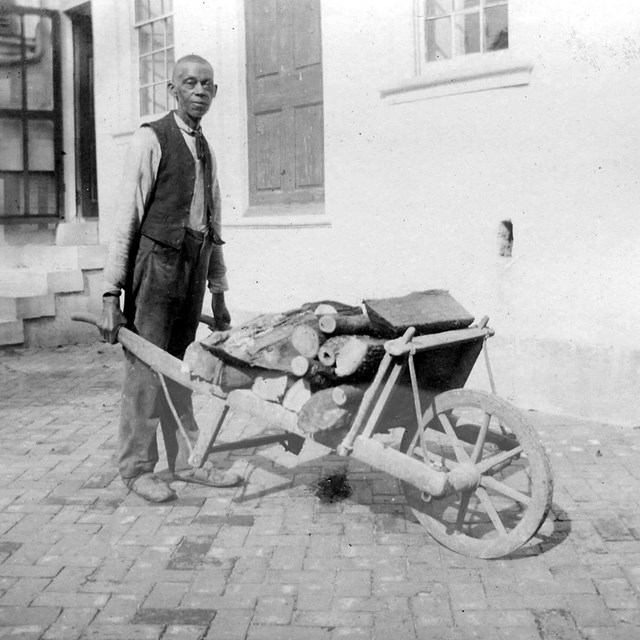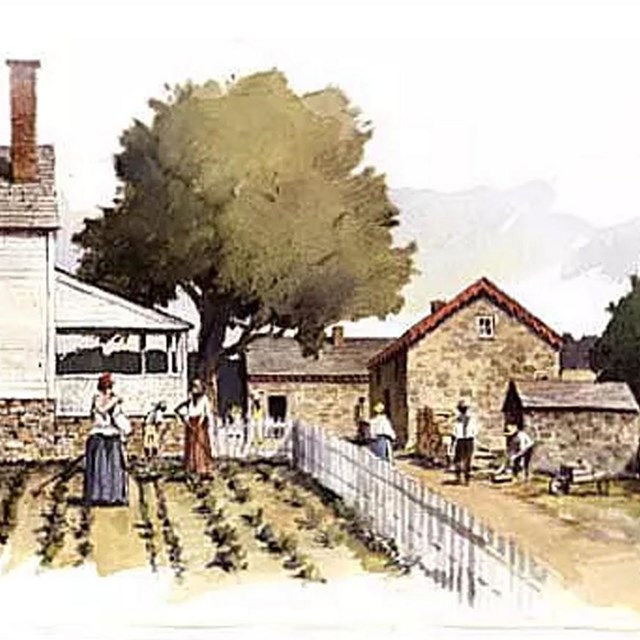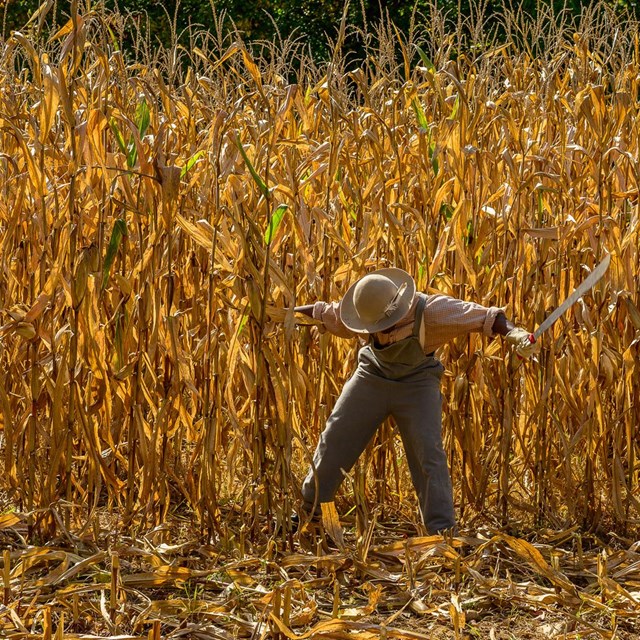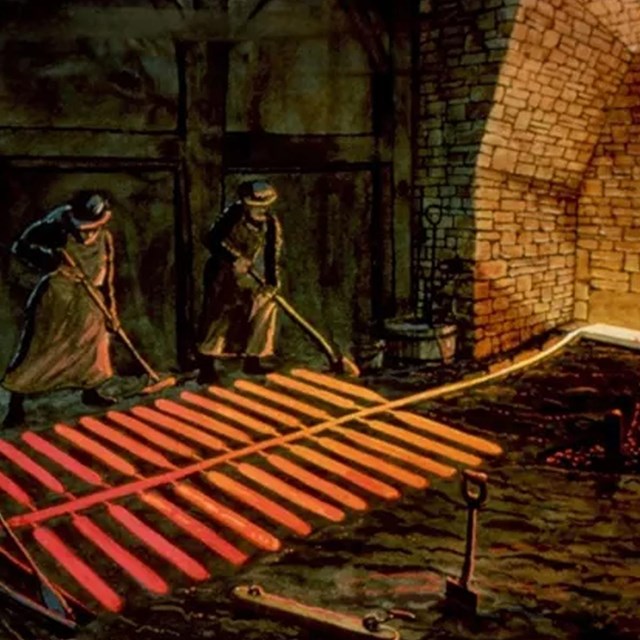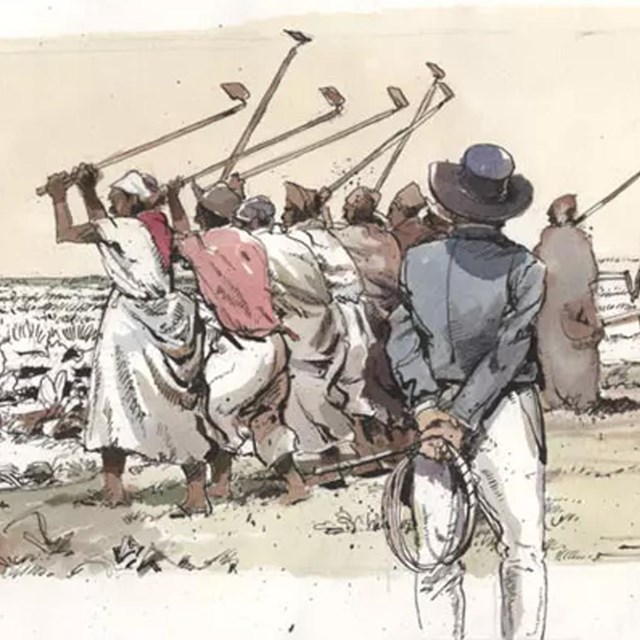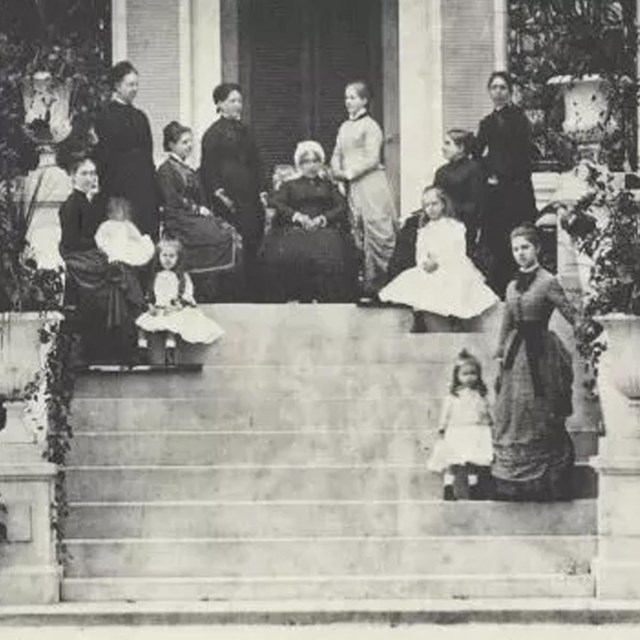
NPS/Tim Ervin Who worked in Hampton’s Kitchen? Before Emancipation (1864), we know of at least three enslaved workers who were cooks. Head cook Dinah Toogood (c.1795-c.1882), purchased by John Ridgely in 1830, was a "fine cook,” Eliza Ridgely III recalled in 1895. 
NPS Harriet Davis Smith (1831-lv.1870), sister of dairymaid Caroline Davis Brown, was one of Dinah’s younger assistants. Both women were paid cooks for the Ridgelys in the mid-1860s before leaving Hampton to start new lives in freedom with their husbands, Dinah in the Orchard Street neighborhood of Baltimore City, Harriet in southwestern Baltimore County. Another young kitchen assistant and waiter, Nelson Hawkins (1843-1916) had fled Hampton in early 1863 and joined the Union Navy in 1864. He later established a very successful career as a “famous” caterer in Baltimore’s affluent Mount Vernon neighborhood before moving to Philadelphia in the 1890s. Learn More
|
Last updated: April 12, 2024

